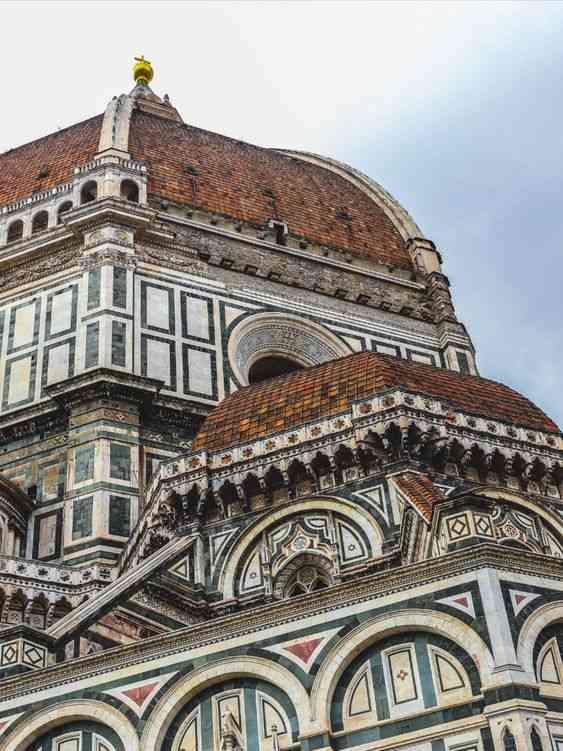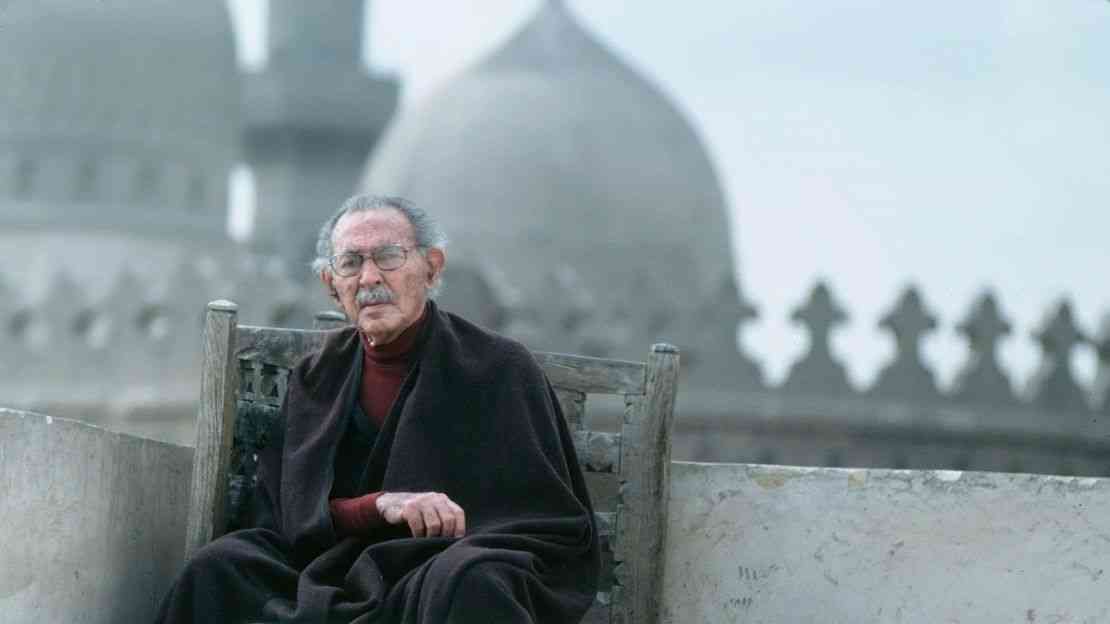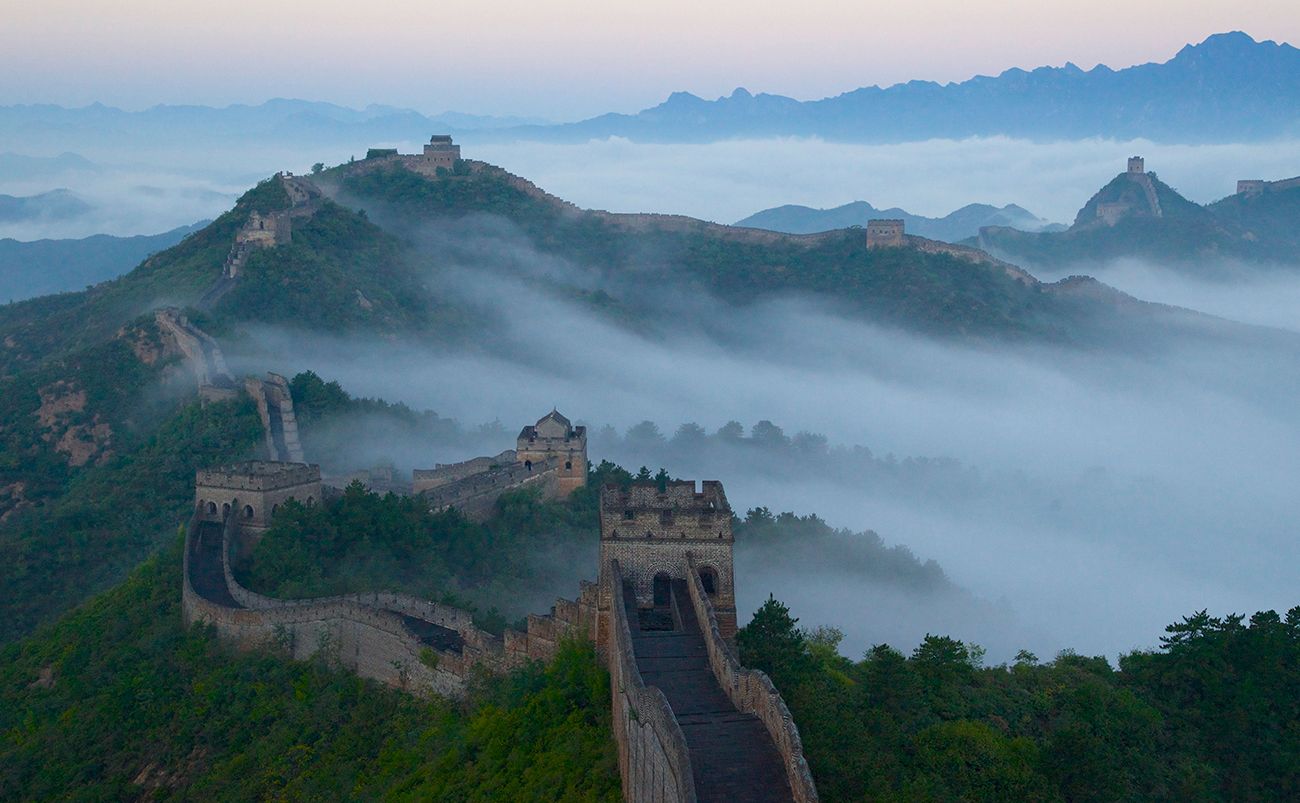In a previous article, I wrote on the topic of the Great Terracotta Army and the legends about this mud army that protected the tomb of the first emperor of China, Qin Shi Huang (the first unified emperor of China).
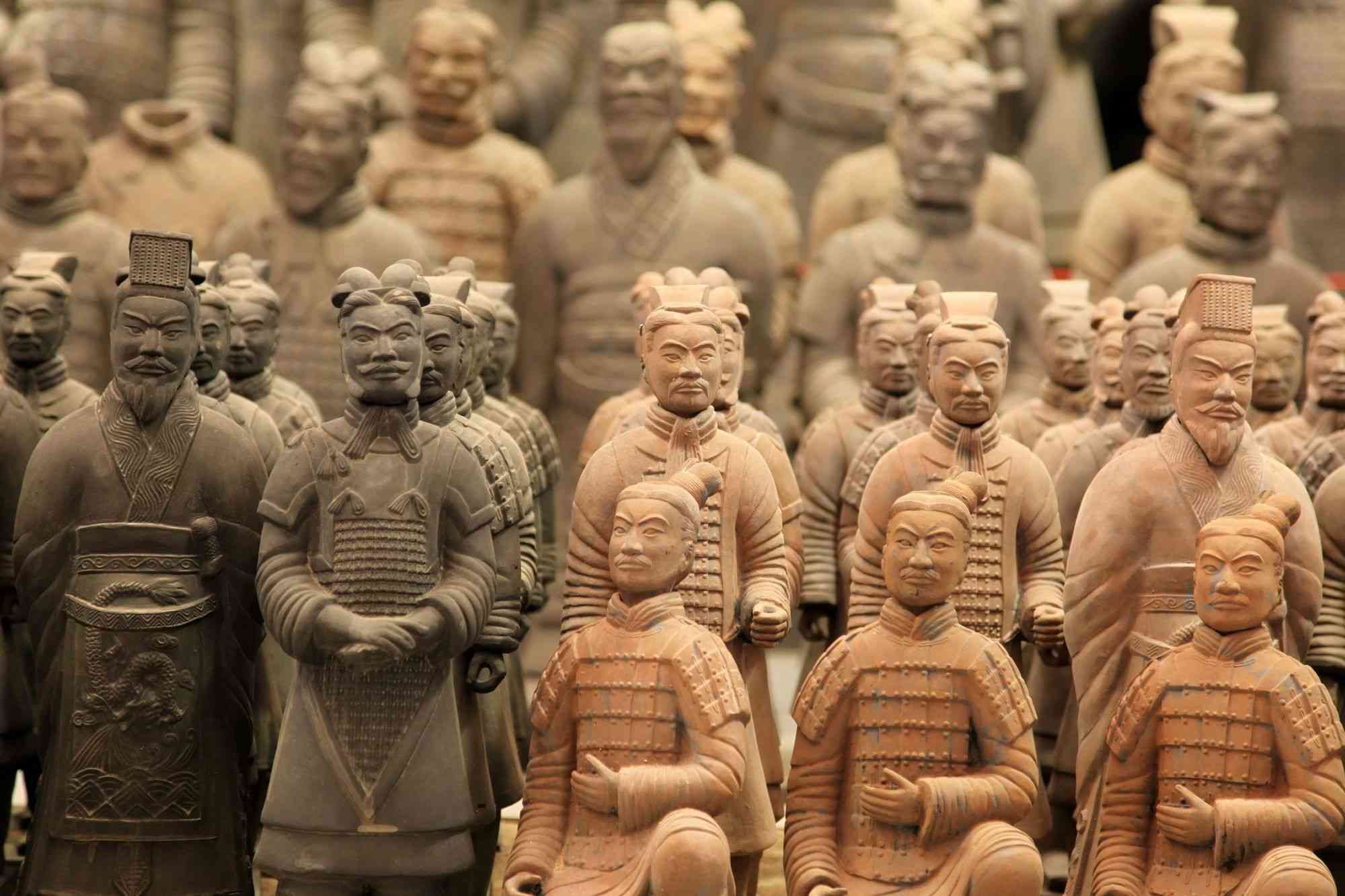
The life of the emperor was full of wars and conflicts, as the emperor unified China, which was divided into 7 states. During his wars with other states, he felt danger coming from the Mongols and the Tatars, so he completed what the Zhou family had begun to complete the wall of China (from the north and northwest)
Great Wall of China
It is a wall built in the Zhou dynasty and completed in the Zhou dynasty by Emperor Qin, and its goal was to protect the empire from the attacks of the Tatars and Mongols from the north.

The wall is an architectural symbol of the Chinese nation, and it is also a rare and prominent project in architectural history. The construction of the wall began more than 2000 years ago and is characterized by its grandeur, massiveness, and strength.
Architectural
The goal to build the wall is to defend the northern and northwestern borders, and it is distinguished by being an integrated project consisting of defensive walls, watchtowers, corridors, barracks, and many defensive installations. It passes through the desert and watery areas, and this means that there is clear diversity in the parts of the wall.
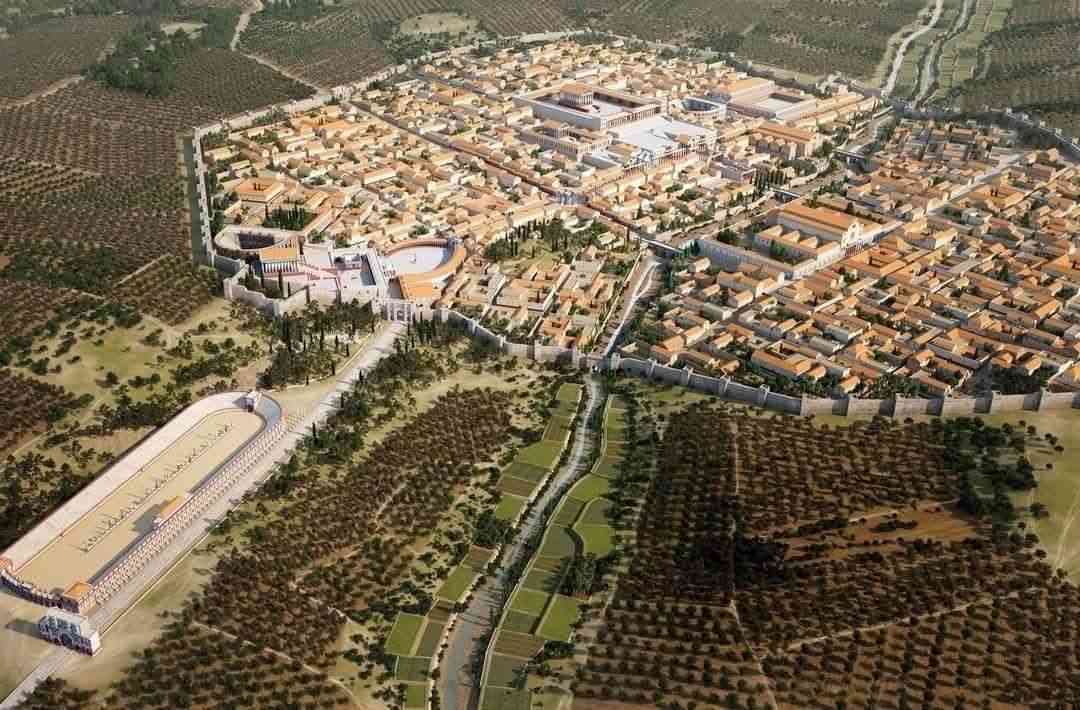
materials used to build the wall
- The wall in desert areas
Willow was used because of the scarcity of rocks and bricks

- The wall in the heights
They've used rammed earth and unburnt bricks, and most of the walls are built using a mixture of earth and rocks

Wall Spaces
- The wall was divided into military zones, and each military region is responsible for defense affairs and also for the restoration of the wall.

- The wall also coincides with the climate line, which separates the semi-arid climate from the humid climate
- The wall was built with a thickness of 4 meters to 9.1 meters, becoming narrow at the top of the wall
- Guard towers were installed every 200 meters, where the number of towers reached 7000 towers in the wall

The Great Wall of China is an important world heritage site that was named one of the New Seven Wonders of the World in a 2007 international survey.
For visitors and tourists, the Great Wall of China has become one of the most important sights to see, Every year visitors come from all over the world.
Thanks for reading!
Recommended reading:
